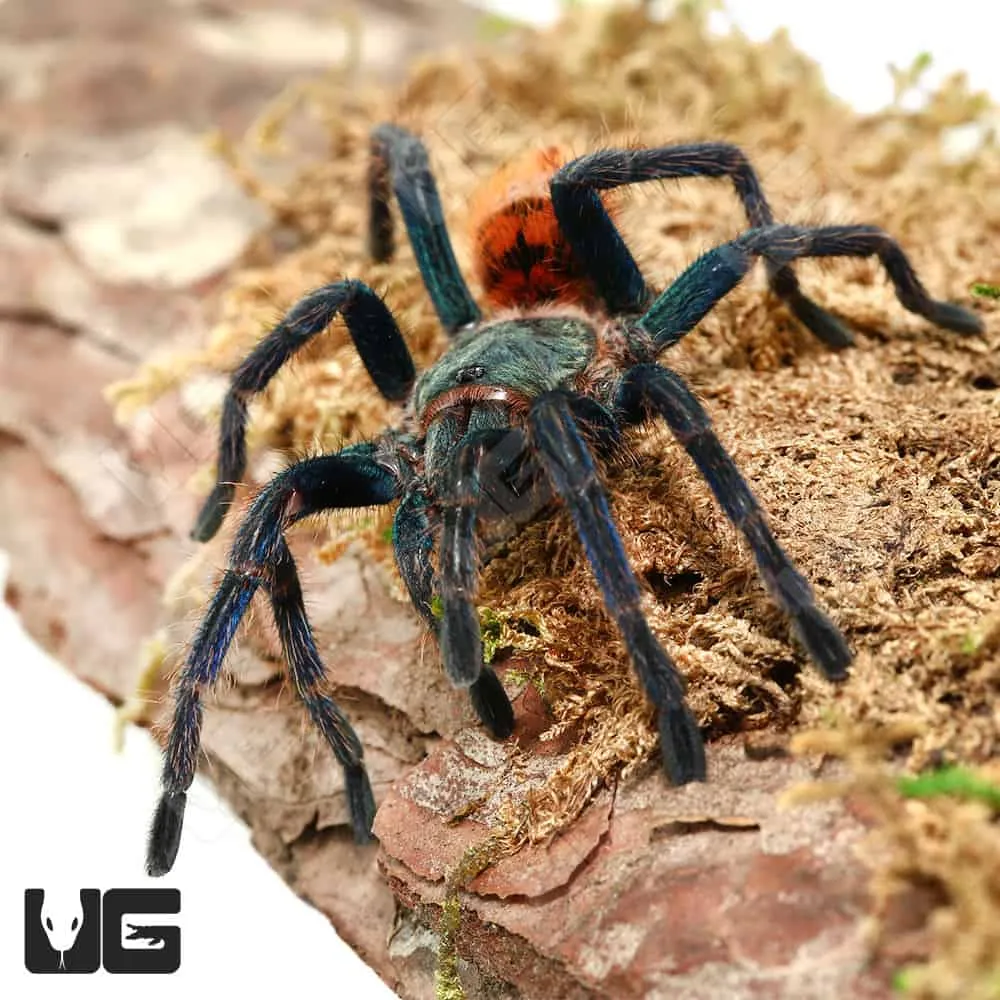Understanding Green Bottle Blue Tarantulas
The Green Bottle Blue Tarantula (GBB), scientifically known as Chromatopelma cyaneopubescens, is a vibrant and captivating species, highly sought after by both novice and experienced arachnid enthusiasts. Their striking coloration, which includes a metallic blue carapace, green legs, and a fiery orange abdomen, makes them one of the most visually appealing tarantulas. Beyond their aesthetic appeal, understanding their natural history, care requirements, and the factors that influence their cost is essential for anyone considering adding one to their collection. This article will delve into all aspects of owning a GBB, providing a comprehensive guide to help you make an informed decision.
Appearance and Characteristics
The GBB’s appearance is arguably its most alluring trait. Adults typically reach a leg span of 5-6 inches, with females being slightly larger than males. The carapace, the upper shell of the cephalothorax, showcases a brilliant metallic blue hue, which contrasts beautifully with the green legs. The abdomen, which is often adorned with intricate patterns, ranges from a deep orange to a rusty red. This combination of colors makes them stand out amongst other tarantula species. These spiders also possess urticating hairs, which they can flick off their abdomen as a defense mechanism. These hairs can cause skin irritation if they come into contact with humans, so it is crucial to handle them with care, or even better, not handle them at all.
Temperament and Behavior
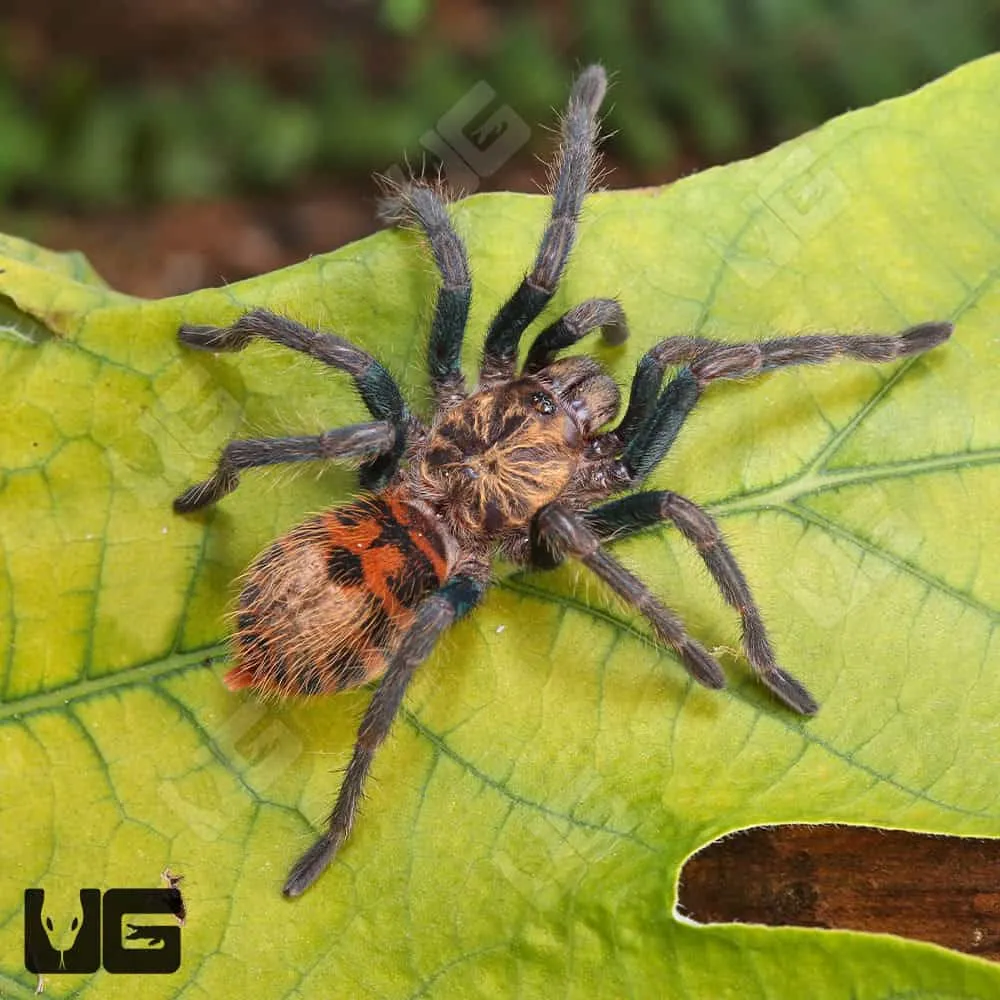
GBBs are known for being relatively docile, but they can be skittish and are capable of delivering a painful bite if provoked. They are not generally aggressive, but sudden movements or perceived threats can trigger a defensive response. Their behavior can vary, with some individuals being more reclusive and others displaying more activity. They are primarily web-builders, often constructing elaborate webs within their enclosures. These webs serve as both a home and a hunting ground, where they patiently wait for prey to come within striking distance. Observe your GBB to get a sense of its unique personality. This will improve your enjoyment of this amazing species. They tend to be most active at dusk and dawn, but can be seen moving around during the day.
Factors Influencing Cost
The cost of a Green Bottle Blue Tarantula can vary significantly based on several factors. These factors include the spider’s size, age, coloration, origin, rarity, and the demand for the species at the time of purchase. Understanding these influencing factors will help you in determining a fair price for your GBB. Prices can range from around $50 to well over $200, making it crucial to do thorough research before committing to a purchase. This information should also help you avoid buying an unhealthy or poorly cared for specimen. There are many ways to do this, which will be detailed in the following sections.
Size and Age
Typically, the cost of a GBB increases with size and age, as older specimens require more time and resources to raise. Spiderlings, the smallest and youngest tarantulas, are usually the most affordable, but they are also more delicate and require more specialized care. As the tarantula grows, its price increases, with adult females often commanding the highest prices. This is because female GBBs have a longer lifespan and the potential to produce offspring, making them highly valuable to breeders. However, juveniles are also a good option for beginners because they are more affordable and, with proper care, will grow into beautiful adults.
Coloration and Markings
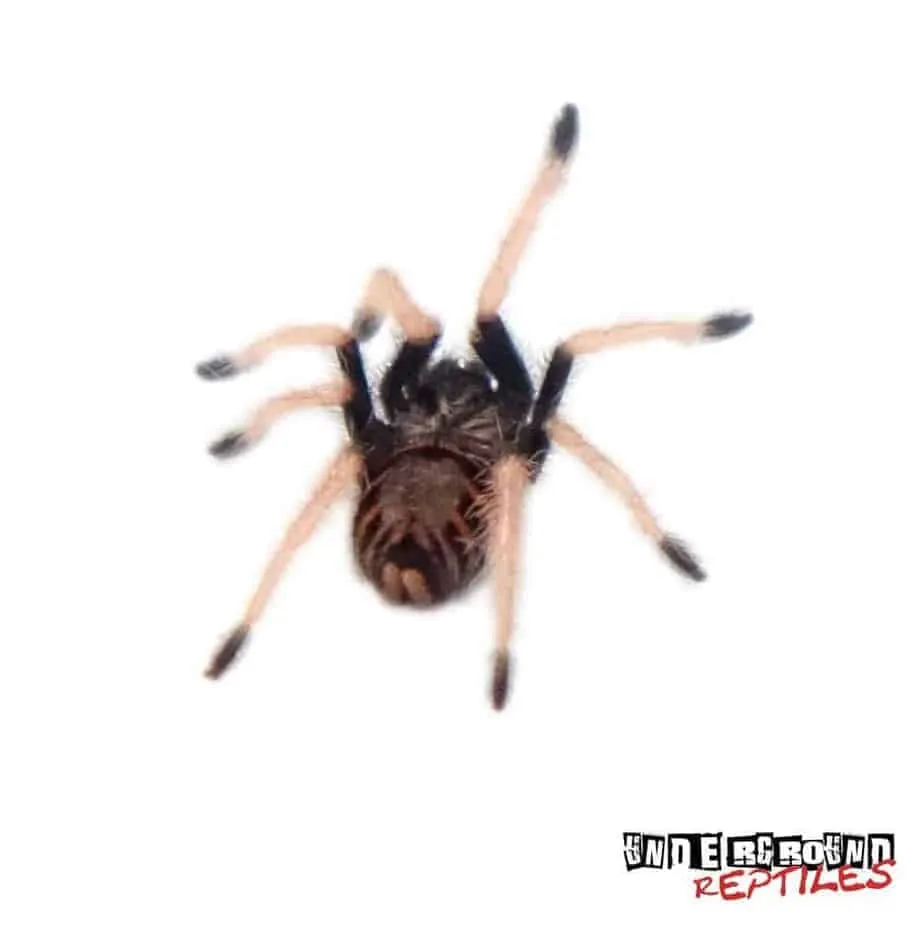
While all GBBs share the same basic color scheme, the intensity and vibrancy of their coloration can vary. More intensely colored specimens, with brighter blues, greens, and oranges, often command a higher price, as these are considered more visually appealing. This is, of course, a matter of personal preference, but overall, the market values certain color patterns more than others. The patterns on the abdomen can also influence the price. Some have intricate designs that are particularly striking. Research different color variations and determine what you value most. Understanding these variations can help you to decide what is right for your personal preferences.
Origin and Availability
The origin of a GBB can also affect its cost. Tarantulas bred in captivity by reputable breeders are generally more expensive than those that are wild-caught. Captive-bred tarantulas are typically healthier, as they are less likely to carry parasites or diseases, and they have been raised in controlled environments. Availability plays a significant role in determining the price. If GBBs are readily available in your area, the cost will likely be lower than if they are in high demand and supply is limited. If you are looking for a specific morph or color variation, you will most likely have to pay more.
Rarity and Demand
Rarity and demand are probably the biggest factors in the overall cost. If the species is currently fashionable, or if there is a shortage of GBBs, prices will be driven up. Conversely, if there is an oversupply, prices may be reduced. The popularity of a species can fluctuate over time, so it is important to monitor the market trends. A breeder’s reputation and the quality of the GBBs they produce can also impact the cost. Breeders known for producing healthy, well-colored tarantulas can often charge a premium. You may have to pay more, but purchasing from a reputable breeder will ensure that you will receive a high quality specimen.
Where to Buy a Green Bottle Blue Tarantula
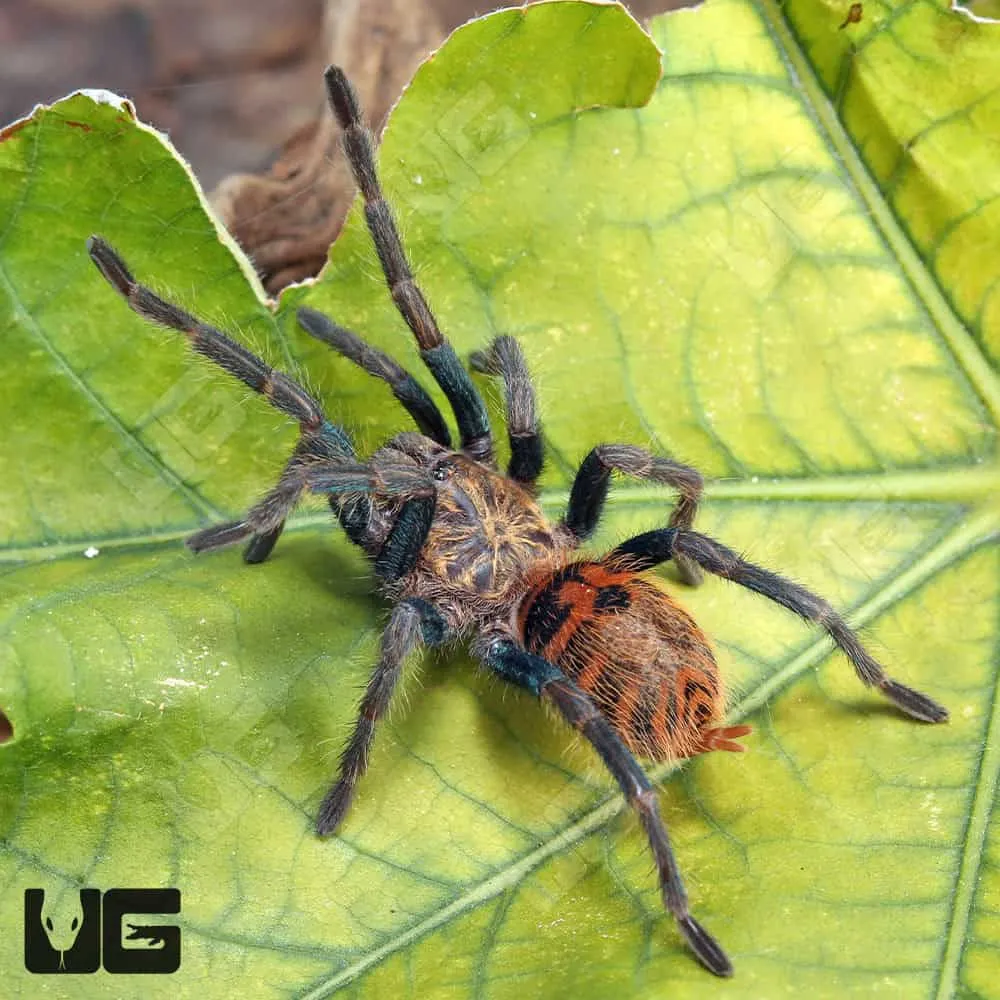
Finding a GBB requires careful research and selection of a reputable source. There are several avenues for acquiring a GBB, each with its own advantages and disadvantages. Be sure to thoroughly research the seller before committing to a purchase. This will help you avoid potential problems. You should also be wary of prices that seem too good to be true, as this may indicate a problem with the tarantula’s health or origin. Purchasing a GBB can be an exciting experience, and these tips will help you to choose the perfect pet.
Reputable Breeders
Purchasing from a reputable breeder is often the best option, as they can provide detailed information about the tarantula’s lineage, health, and care requirements. Reputable breeders prioritize the health and well-being of their tarantulas, and they can offer guidance and support to new owners. Look for breeders with positive reviews and a strong track record in the arachnid community. Check online forums, social media groups, and other sources to gather information about the breeder’s reputation. Always inquire about the tarantula’s feeding schedule, molting history, and any health concerns. Many breeders also provide a health guarantee.
Local Pet Stores
Local pet stores may occasionally stock GBBs, but the selection and quality can vary. When purchasing from a pet store, inspect the tarantula carefully. Check for any signs of illness, such as lethargy, loss of appetite, or unusual behavior. Observe the enclosure to ensure it is clean and appropriately set up. Ask about the tarantula’s origin, feeding habits, and the store’s return policy. Pet stores may offer the convenience of immediate purchase. They may not always have the same level of expertise as a dedicated breeder. Make sure that the staff are knowledgeable about tarantula care and can answer your questions thoroughly.
Online Marketplaces
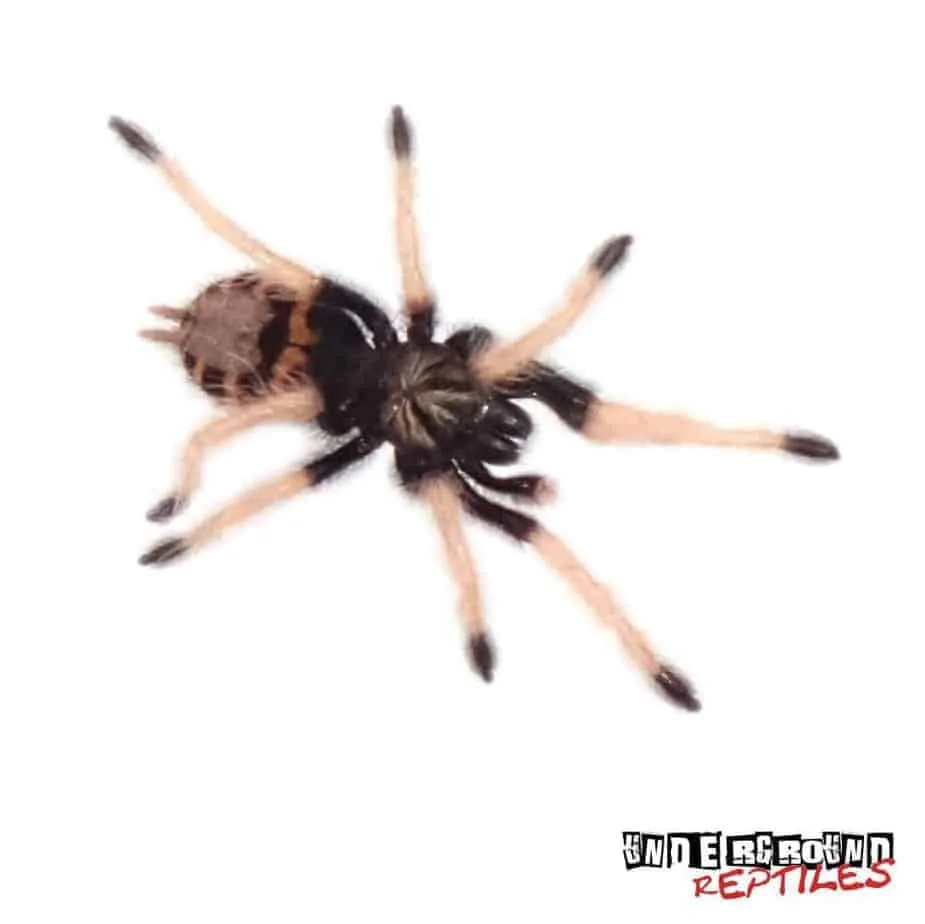
Online marketplaces offer a wide selection of GBBs from various sellers, but it is essential to exercise caution. Carefully review the seller’s feedback and ratings, and read customer reviews. Ask the seller for clear photos and videos of the tarantula before making a purchase. Inquire about the shipping process and guarantee. Request information about the tarantula’s molting history, feeding schedule, and any health concerns. Compare prices from multiple sellers to ensure you are getting a fair deal. Be aware of potential shipping costs and the risks associated with transporting a live animal. Be prepared to do a lot of research. If something seems suspicious, it’s best to walk away.
What to Consider Before Buying
Before purchasing a Green Bottle Blue Tarantula, it’s important to consider the long-term commitment involved in owning this species. Tarantulas can live for many years, with females living significantly longer than males. Owning a GBB requires a commitment to provide a suitable habitat, proper feeding, and regular care. This also requires an understanding of the legal considerations and regulations concerning the ownership of exotic animals. Considering all these factors is an integral part of responsible pet ownership. Make sure that you are completely sure about owning a GBB before you bring one home.
Legal Considerations and Regulations
Check local and state laws regarding the ownership of exotic pets, including tarantulas. Some areas may have restrictions or require permits to own certain species. Research your local regulations before purchasing a GBB. Failure to comply with these laws can result in penalties. Additionally, consider whether you will be able to provide adequate care and housing for the tarantula, and that you are prepared to keep it secure. You must also have a plan in place in case of an emergency. This will ensure that you are prepared and ready to keep a GBB.
Acclimation and Initial Setup
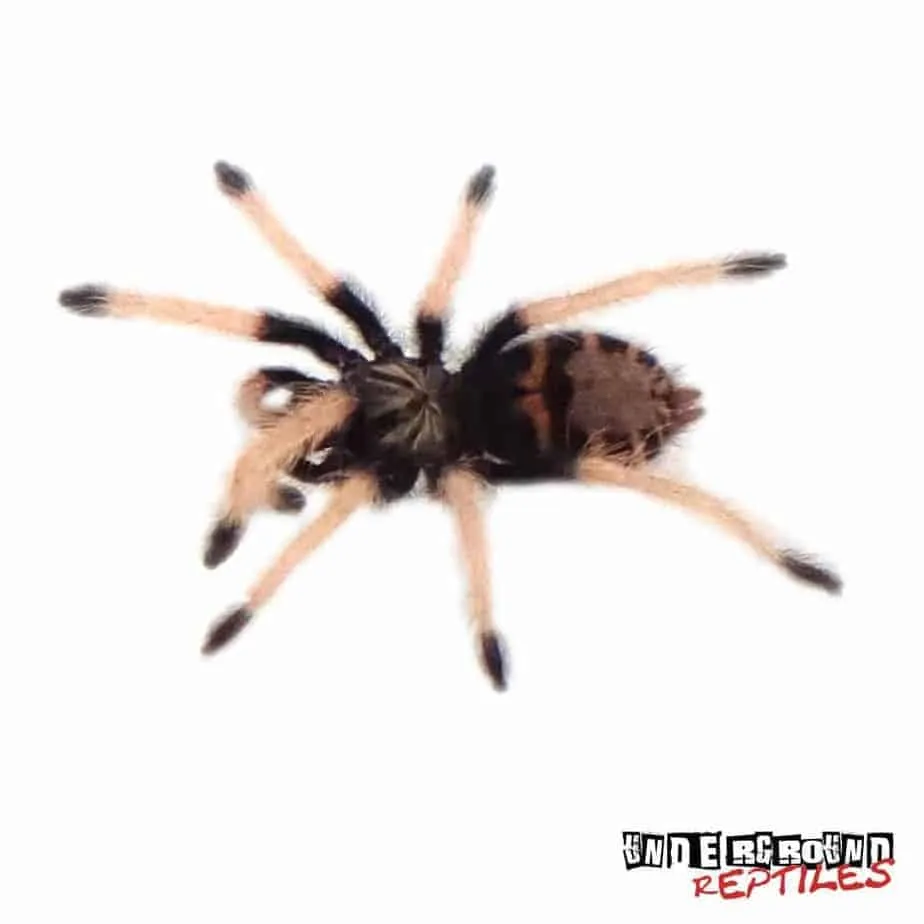
Once you have acquired your GBB, it is essential to acclimate it to its new environment. Provide a suitable enclosure with appropriate substrate, ventilation, and hiding places. Maintain the correct temperature and humidity levels for the species. Provide a water dish and start with a regular feeding schedule. Allow the tarantula time to settle in and explore its new home before handling it. The initial setup is critical for the spider’s well-being, and setting up the enclosure correctly will help with the long-term health and happiness of your pet. Remember that patience is important when introducing a tarantula to its new home.
Ongoing Costs of Ownership
Owning a Green Bottle Blue Tarantula involves ongoing costs beyond the initial purchase price. These costs include providing food, maintaining the enclosure, and potential veterinary care. Prepare for these expenses before bringing a GBB home. The cost can be minimal, especially if the owner is prepared and informed. You should also take into account any emergency costs that might occur. Knowing what to expect will ensure that you are able to care for your GBB.
Food and Feeding
GBBs are carnivores and require a diet of live insects, such as crickets, roaches, and mealworms. The cost of food can vary depending on the quantity purchased and the supplier. Ensure you have a reliable source of insects and that you’re able to provide them regularly. The frequency of feeding depends on the tarantula’s size and age. Spiderlings require more frequent feeding than adults. Crickets and roaches are typically the most common and readily available options for feeding. The cost of feeding your GBB is one of the main costs of keeping your pet.
Enclosure and Habitat
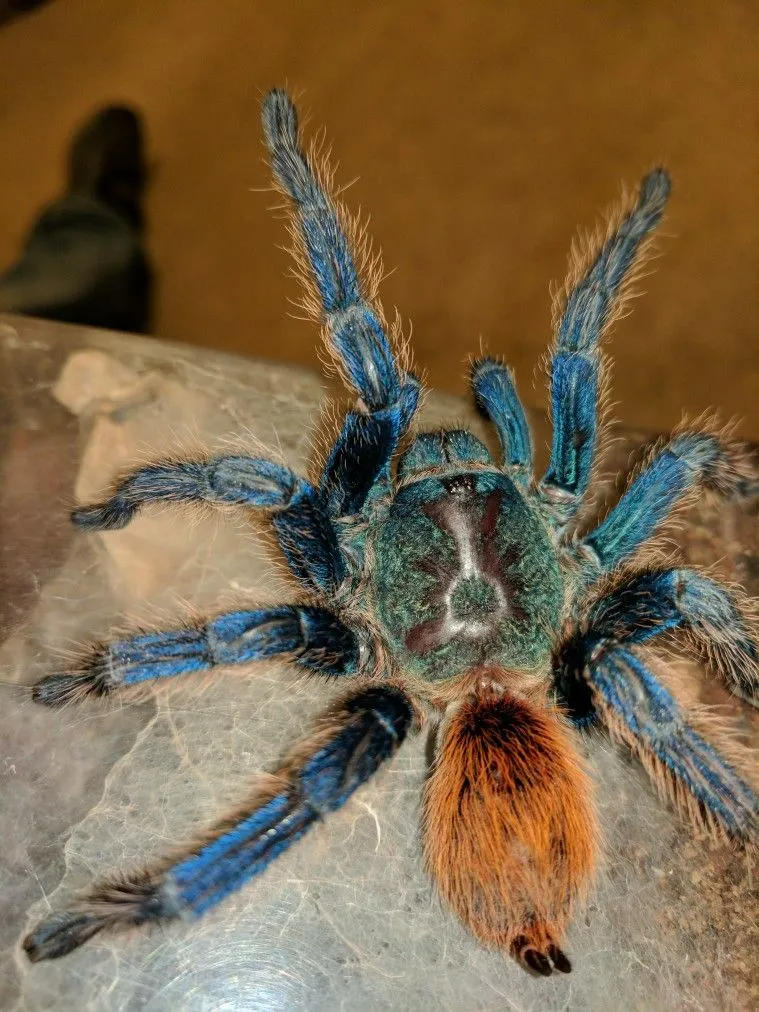
The enclosure and habitat must be maintained properly, and this will require ongoing expenses. The cost of the enclosure, substrate, and any decorations will vary. Regularly cleaning and maintaining the enclosure is essential for the tarantula’s health. Replace the substrate as needed, and provide fresh water. Ventilation is also key to preventing mold growth. The size of the enclosure should match the size of the spider to provide sufficient space. The cost of maintaining the enclosure is generally less than the cost of food.
Health and Veterinary Care
While GBBs are generally hardy creatures, they can occasionally experience health issues. It is important to be aware of potential illnesses and to have a plan in place for veterinary care. Find a veterinarian who specializes in exotic animals before your tarantula becomes ill. The cost of veterinary care for a tarantula can vary, depending on the nature of the problem and the treatment required. Prevention is also an important part of managing these costs. Proper care, housing, and feeding can help prevent illness and the need for expensive vet visits. Early detection is also essential, and any signs of illness should be addressed immediately.
Final Thoughts
Owning a Green Bottle Blue Tarantula is a rewarding experience, provided you are prepared for the responsibilities involved. Understanding the factors that influence the cost and the ongoing care requirements is essential for making an informed decision. By doing your research, choosing a reputable source, and providing proper care, you can enjoy the beauty and wonder of this unique arachnid for years to come. The GBB makes a wonderful pet, as long as you are well-prepared and knowledgeable. Their amazing colors and unique behavior make this spider a popular choice for many pet owners.
